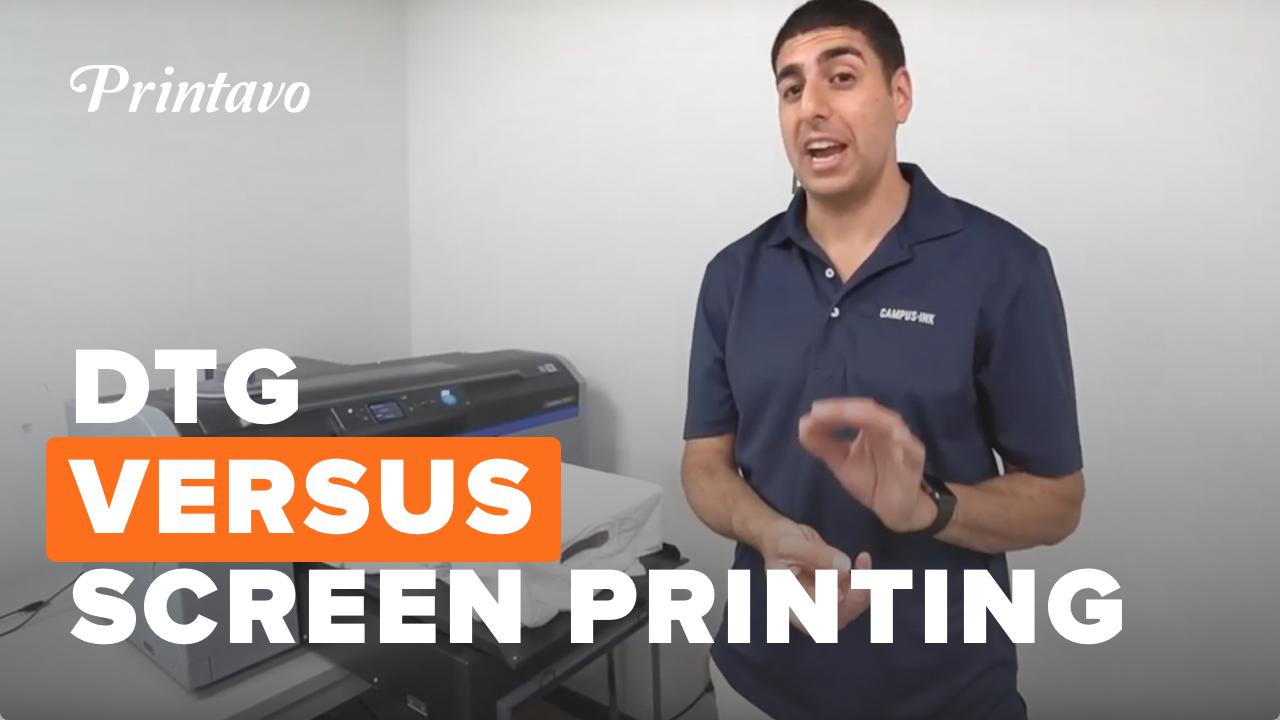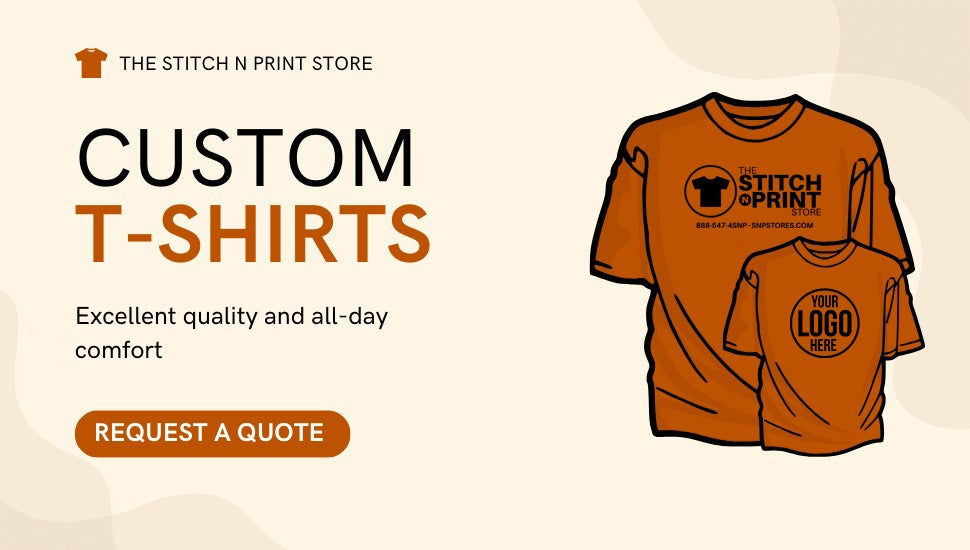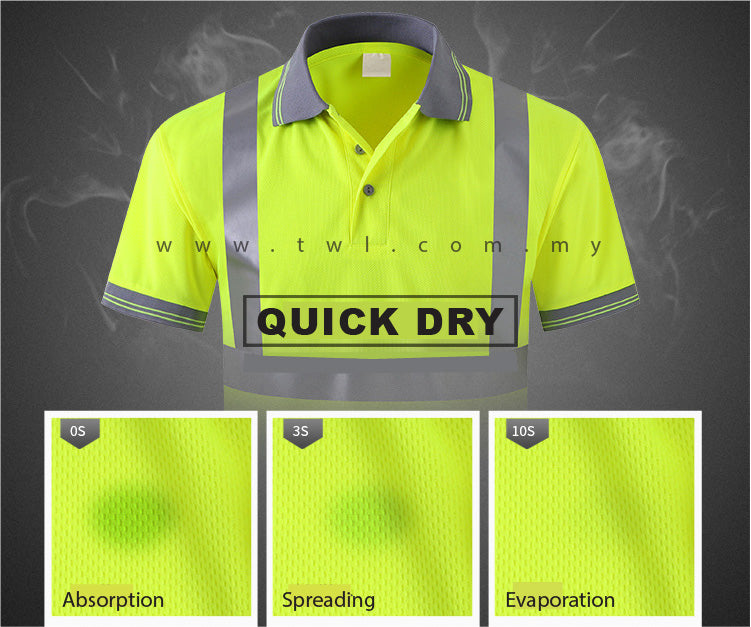In the ever-evolving world of custom apparel, two prominent printing techniques stand out: screen printing and digital printing. Both methods have unique advantages and limitations, making them suitable for various applications in creating custom t-shirts. Understanding the nuances of these printing techniques is essential for making an informed decision that aligns with your design vision, budget, and needs. This comprehensive guide will delve into the depths of screen printing and digital printing, highlighting their strengths and weaknesses. By the end, you'll be equipped with the knowledge to select the ideal printing method for your specific requirements.
Screen Printing vs. Digital Printing: A Comprehensive Comparison
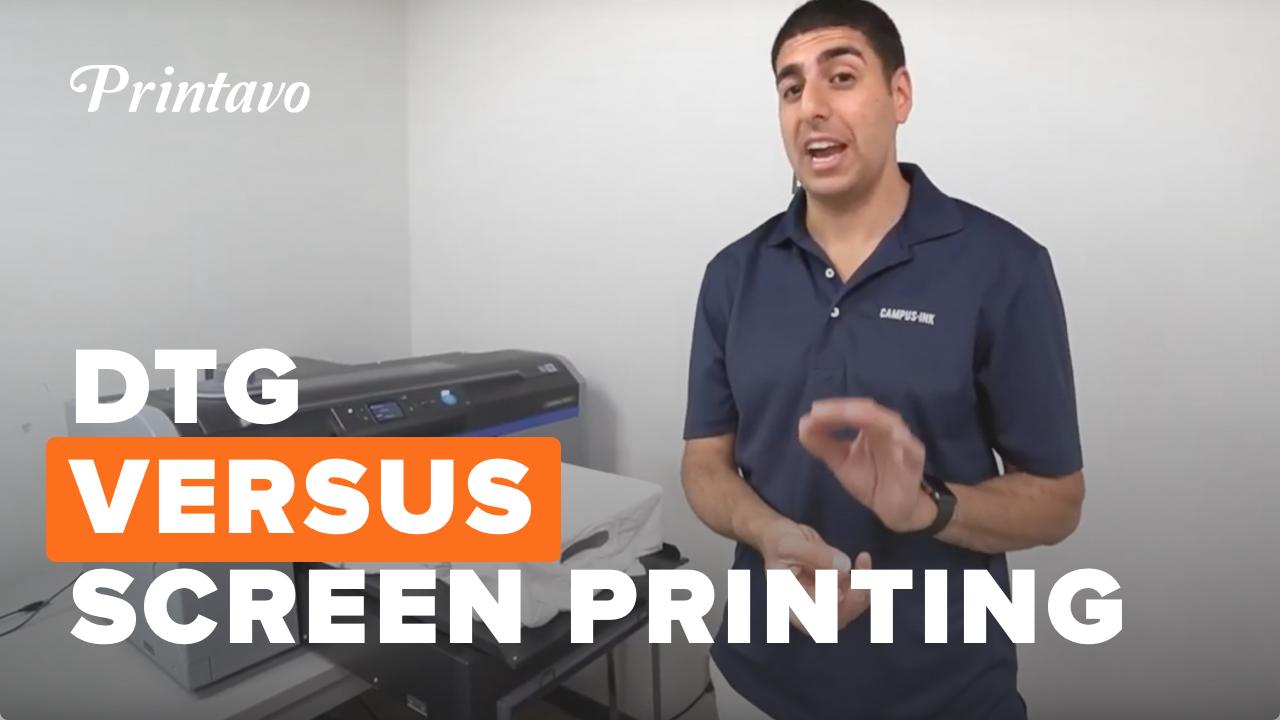
When it comes to custom t-shirt production, choosing between screen printing and digital printing can be overwhelming. Each technique has its own characteristics that make it appealing under different circumstances. Is it a large order of simple designs? Screen printing may be your best bet. Is it a small batch with intricate artwork? Digital printing could shine in that scenario.
The comparison between screen printing and digital printing involves various factors, including setup costs, print quality, production speed, design complexity, and the overall impact on the final product. As we embark on this journey of exploration, we will dissect both methods, equipping you with valuable insights for your next custom t-shirt project.
Understanding the Basics of Screen Printing

Screen printing is one of the oldest and most widely used printing techniques in the apparel industry. The process involves creating a stencil, or "screen," for each color in the design. Inks are then pushed through these screens onto the fabric, resulting in a vivid and durable print.
The Screen Creation Process
Creating screens for screen printing is a meticulous process that involves several steps. First, a design is developed, usually in a vector graphics program. The design is then printed onto transparent film, which is used as a template to expose the emulsion-coated screen to light. After exposure, the screen is washed to reveal the stencil, allowing ink to pass through only in the desired areas.
Once screens are ready, they are set up on a printing press where multiple shirts can be printed simultaneously. Different screens are used for each color in the design, which means that colors are layered one at a time. While this process may sound straightforward, there’s a significant amount of skill involved in aligning the screens accurately to ensure correct color placement.
The Ink and Fabric Interaction
Screen printing utilizes thick inks that saturate the fabric deeply, resulting in vibrant colors that resist fading over time. Various types of inks are available, including plastisol, water-based, and discharge inks, each offering distinct qualities. For example, plastisol inks provide a smooth finish and vibrant colors, while water-based inks create a softer feel with a more breathable finish.
The ability to achieve different textures and effects is another highlight of screen printing. Thick and textured inks can be applied to create raised prints, glitter finishes, and even 3D designs, providing opportunities for creative expression in custom apparel.
Exploring the Advantages of Screen Printing
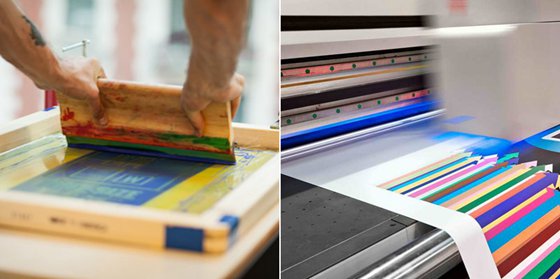
With its long history in the apparel industry, screen printing brings many advantages to the table.
High-Quality Prints
One of the primary benefits of screen printing is its ability to produce high-quality prints with a smooth, opaque finish. The ink used in screen printing penetrates the fabric deeply, ensuring that the colors remain vibrant and true to form over time. Unlike some other methods, screen printing creates a solid color that does not fade easily, making it ideal for items that will see heavy use.
Cost-Effective for Large Orders
Screen printing becomes increasingly cost-effective as the order quantity rises. Once the screens for a design are created, the printing process itself is relatively inexpensive for bulk orders. This economy of scale makes screen printing the go-to choice for organizations, teams, or businesses looking to produce a large number of custom t-shirts without breaking the bank.
Special Effects and Customization
The versatility of screen printing extends beyond just color; it offers a wide range of inks that allow for unique effects and customization options. From metallics and fluorescents to glow-in-the-dark options, the possibilities are nearly endless. This capability to create visually striking designs with texture and depth gives screen printing a unique edge, especially in promotional and branding contexts.
Delving into the Disadvantages of Screen Printing

While screen printing has many advantages, it also comes with certain drawbacks that must be carefully considered.
High Setup Costs
One of the significant disadvantages of screen printing is the initial setup cost associated with creating screens, especially for multi-color designs. Each color requires a separate screen, resulting in higher upfront costs that may not be justified for smaller orders. This limitation can deter those who only need a few custom shirts, making screen printing less appealing for small-scale projects.
Limited Detail and Gradients
The stencil-based nature of screen printing can hinder its ability to reproduce fine details and subtle gradients accurately. Designs that require intricate patterns or photographic elements may suffer from loss of detail during the printing process, impacting the overall quality of the finished product. For such designs, screen printing may not always deliver the desired results.
Time-Consuming Production
Screen printing is often more time-consuming than digital printing, particularly for multi-colored designs. The process involves multiple steps, including screen preparation, alignment, and actual printing, which can extend production times significantly. For urgent orders, this delay may pose a challenge.
Understanding the Basics of Digital Printing

Digital printing, commonly referred to as direct-to-garment (DTG) printing, represents a modern approach to garment decoration. Utilizing inkjet technology, digital printing allows for designs to be printed directly onto fabric, much like how documents are printed on paper.
The Printing Process Explained
In DTG printing, the design is first prepared in a digital format before being printed directly onto the garment using specialized inkjet printers. Unlike screen printing, there is no need for screen creation, making it a quicker and more streamlined process. This method is particularly effective for designs with numerous colors or intricate details since the printer can reproduce complex images with precision.
Direct Application of Ink
Digital printing uses water-based inks that are absorbed by the fabric rather than sitting on top. This characteristic ensures a soft feel that maintains the natural texture of the fabric. However, because the ink does not penetrate as deeply as screen printing inks, there may be slight differences in color saturation and durability.
Exploring the Advantages of Digital Printing
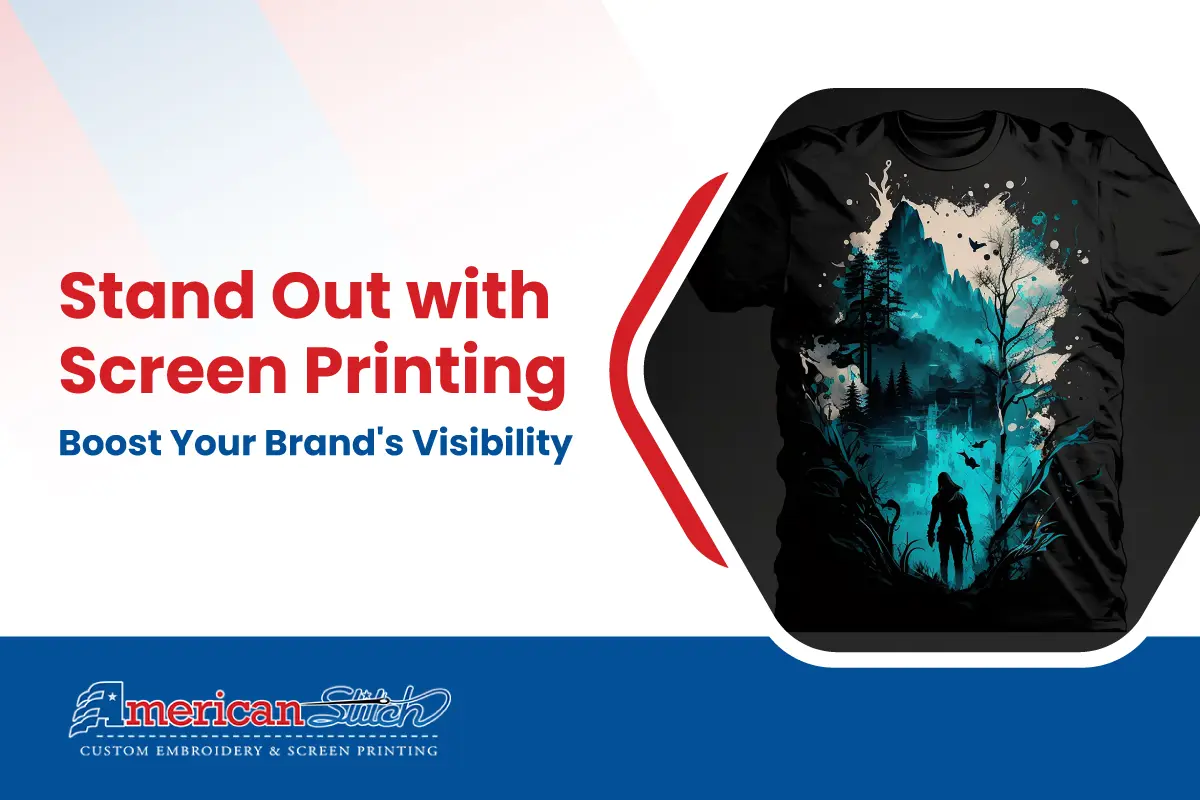
Digital printing has gained popularity in recent years due to its unique set of advantages that appeal to a diverse range of customers.
Low Setup Costs
One of the standout features of digital printing is the low startup cost. Without the need for screens or extensive setup processes, digital printing is ideal for small orders or one-off designs. This affordability makes it an attractive option for small businesses, independent artists, or individuals looking to create bespoke t-shirts without incurring hefty upfront expenses.
High Detail and Gradients
Digital printing excels at achieving high levels of detail and color gradients. The technology allows for intricate designs to be captured accurately, making it perfect for photo-realistic images or artwork with delicate features. Whether it's portraits, landscapes, or complex illustrations, digital printing delivers exceptional quality that can bring designs to life.
Fast Turnaround Time
In today's fast-paced environment, quick turnaround times are often crucial for custom apparel orders. Digital printing can produce garments relatively quickly due to its streamlined process. This makes it an excellent choice for urgent requests or rush projects, allowing customers to receive their products in record time.
Delving into the Disadvantages of Digital Printing

Despite its advantages, digital printing has some inherent limitations that may affect its suitability for specific projects.
Limited Ink Saturation
One notable drawback of digital printing lies in its ink saturation. The water-based inks do not penetrate the fabric as deeply as screen printing inks, which can result in a less vibrant and durable print. While advancements have been made in ink technology, this limitation can affect the long-term appearance of the design, especially when exposed to harsh conditions.
Higher Cost Per Unit for Small Orders
Although digital printing eliminates high setup costs, it tends to be more expensive per unit for small orders compared to screen printing. This pricing structure can be discouraging for those who wish to order a limited quantity of custom shirts. Consequently, customers should weigh the trade-offs between initial costs and overall unit price when deciding on a printing method.
Limited Ink Options
While digital printing accommodates many colors, it typically has a narrower range of ink options compared to screen printing. Some specialty inks and finishes are not available for digital printing, which may restrict creative possibilities for certain projects. If a specific effect is required, screen printing might emerge as the more suitable choice.
Factors to Consider When Choosing Between Printing Methods
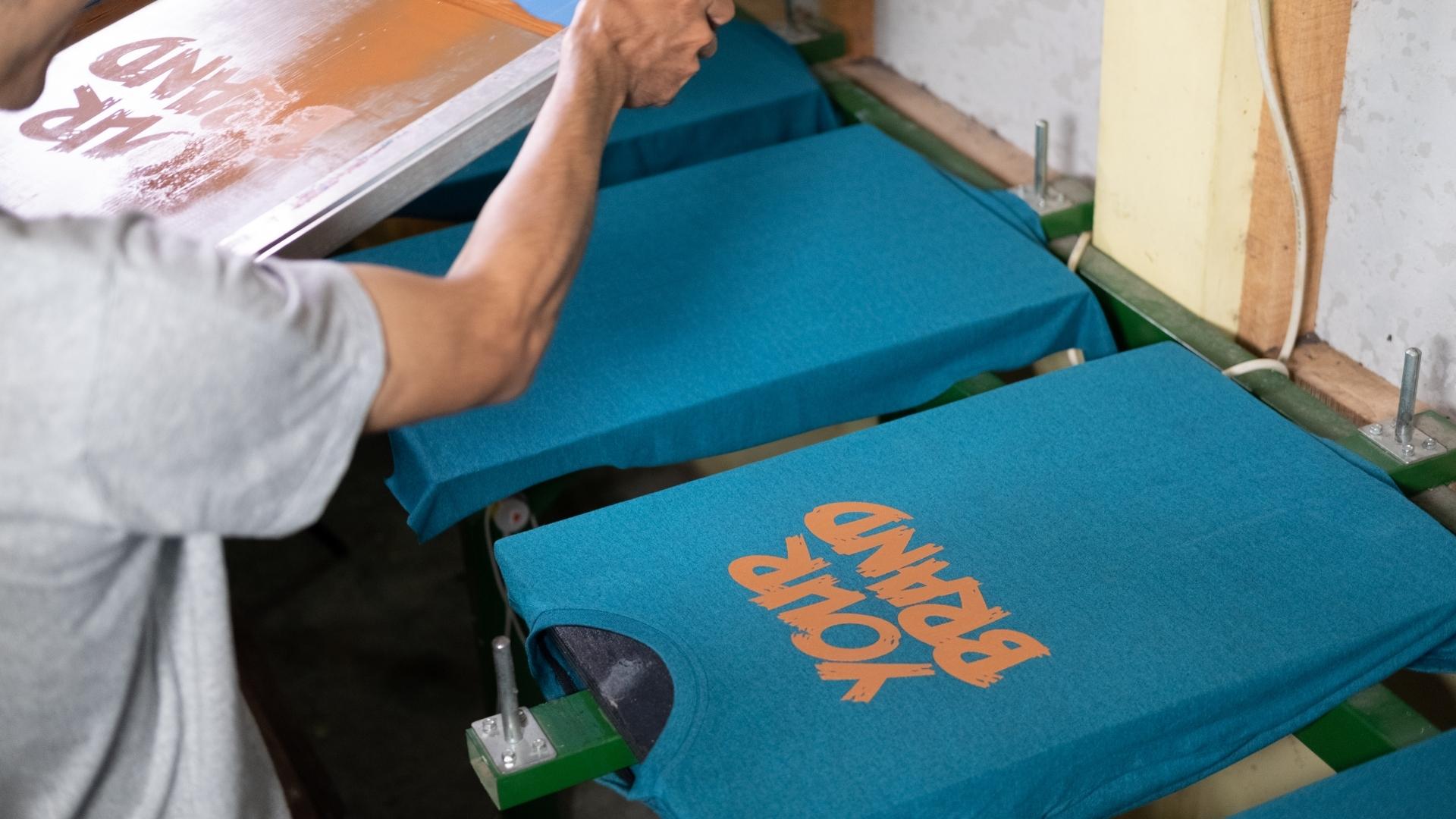
Making the right choice between screen printing and digital printing requires careful consideration of several factors. By evaluating your project needs and priorities, you can determine which method aligns best with your goals.
Order Quantity
One of the most significant factors influencing your decision is the order quantity. Screen printing is generally the more economical choice for large orders due to lower costs per unit after the setup. Conversely, digital printing shines for small orders or prototypes, where the lack of setup costs provides a more budget-friendly alternative.
Design Complexity
The complexity of your design will also play a critical role in selecting a printing method. If your design includes intricate details, gradients, or a multitude of colors, digital printing may be the better option since it captures finer nuances more effectively. On the other hand, if the design is bold and straightforward, screen printing can produce stunning results.
Budgetary Constraints
Budget considerations should guide your choice of printing method. Screen printing tends to be more cost-effective for larger quantities, while digital printing is a more accessible option for smaller runs or detailed designs. Assessing your budget against the expected outcome will help you strike the right balance.
Turnaround Time
Urgency is a key factor in many projects, especially when deadlines loom. Digital printing generally offers faster turnaround times due to its efficient process, making it suitable for situations where time is of the essence. If speed is critical, consider opting for digital printing to meet your timeline.
Screen Printing or Digital Printing: Which is Best for Your Custom T-Shirts?

Ultimately, the decision between screen printing and digital printing hinges on a myriad of factors. Understanding the strengths and limitations of each method will empower you to make an informed choice tailored to your specific needs.
For Large Runs and Bold Designs
If you're planning a larger campaign, event, or merchandise line featuring bold designs, screen printing is likely the best choice. Its cost-effectiveness for bulk orders combined with vibrant, durable prints makes it an ideal candidate. Just be prepared for higher initial setup costs and potential limitations in color gradients.
For Small Orders and Intricate Designs
On the other hand, if you're creating a small batch of custom t-shirts with intricate artwork or detailed imagery, digital printing stands out as the optimal choice. With lower setup costs and fast turnaround times, you can achieve stunning results without breaking the bank. However, keep in mind the potential for reduced ink saturation and longevity.
Hybrid Approaches
For projects that necessitate both styles, consider a hybrid approach—a combination of screen and digital printing. You can utilize screen printing for larger areas or simple designs while employing digital printing for fine details or additional elements. This strategy allows you to maximize the benefits of both methods, resulting in a high-quality product that meets all your aesthetic requirements.
Conclusion: Making the Right Choice for Your Needs

In conclusion, the choice between screen printing and digital printing ultimately depends on your unique project specifications and objectives. By meticulously analyzing factors such as order quantity, design complexity, budget constraints, and turnaround time, you can confidently select the printing method that will yield the best results for your custom t-shirts. Whether you opt for the classic reliability of screen printing or the cutting-edge capabilities of digital printing, both methods hold tremendous potential for bringing your creative visions to life. Remember, there’s no universal answer; instead, focus on finding the perfect match for your custom apparel needs, and let your designs shine.


